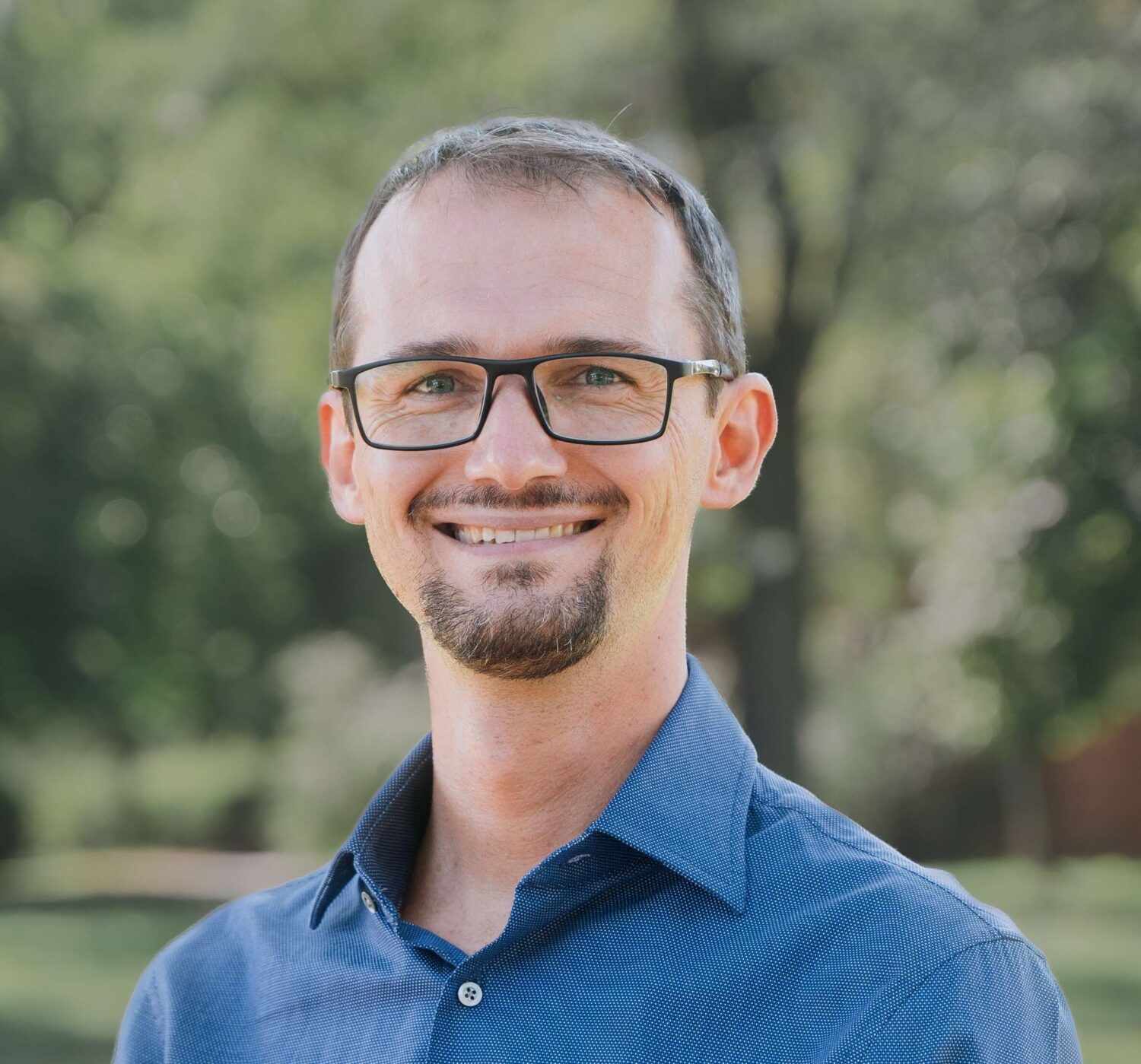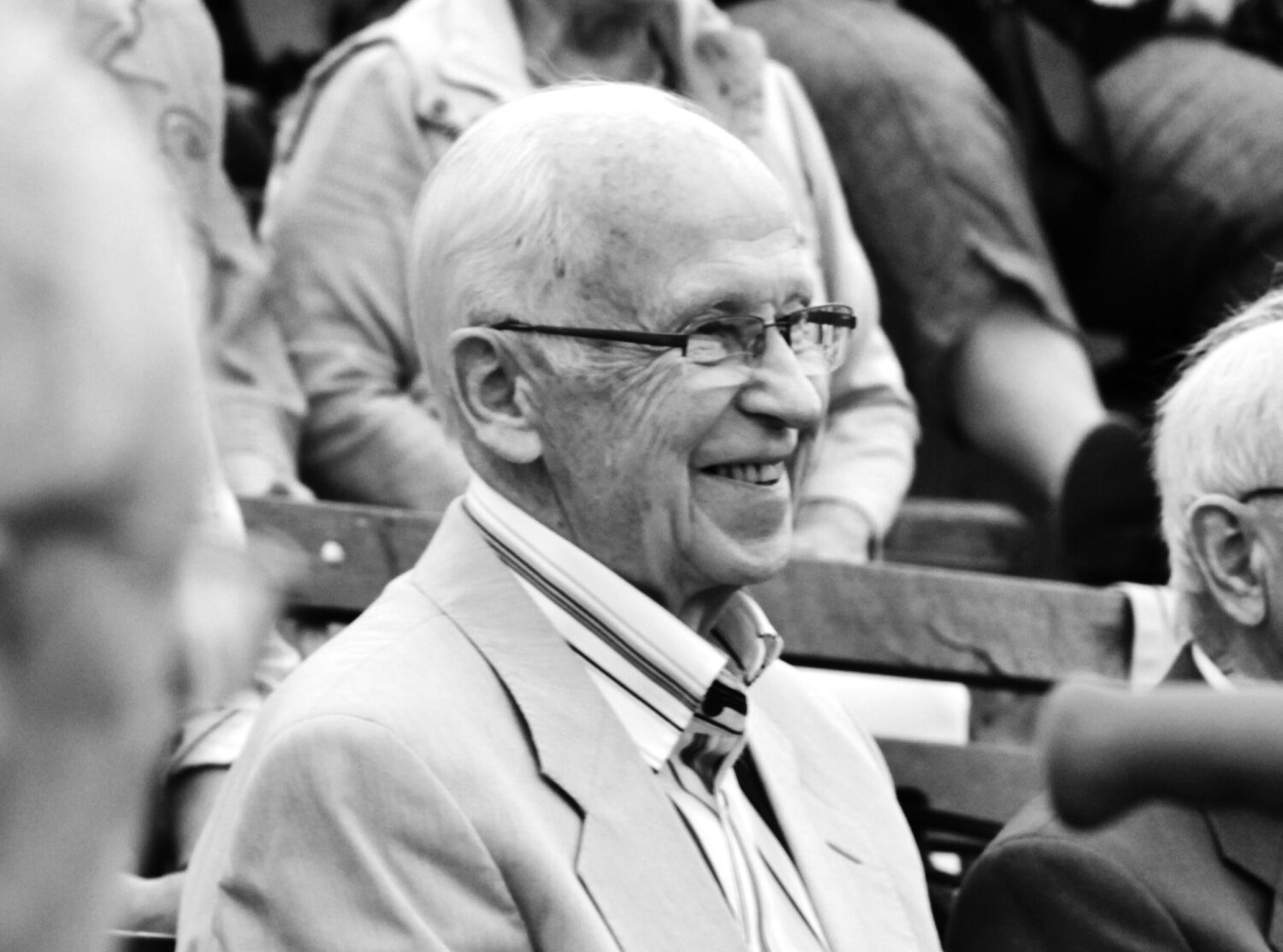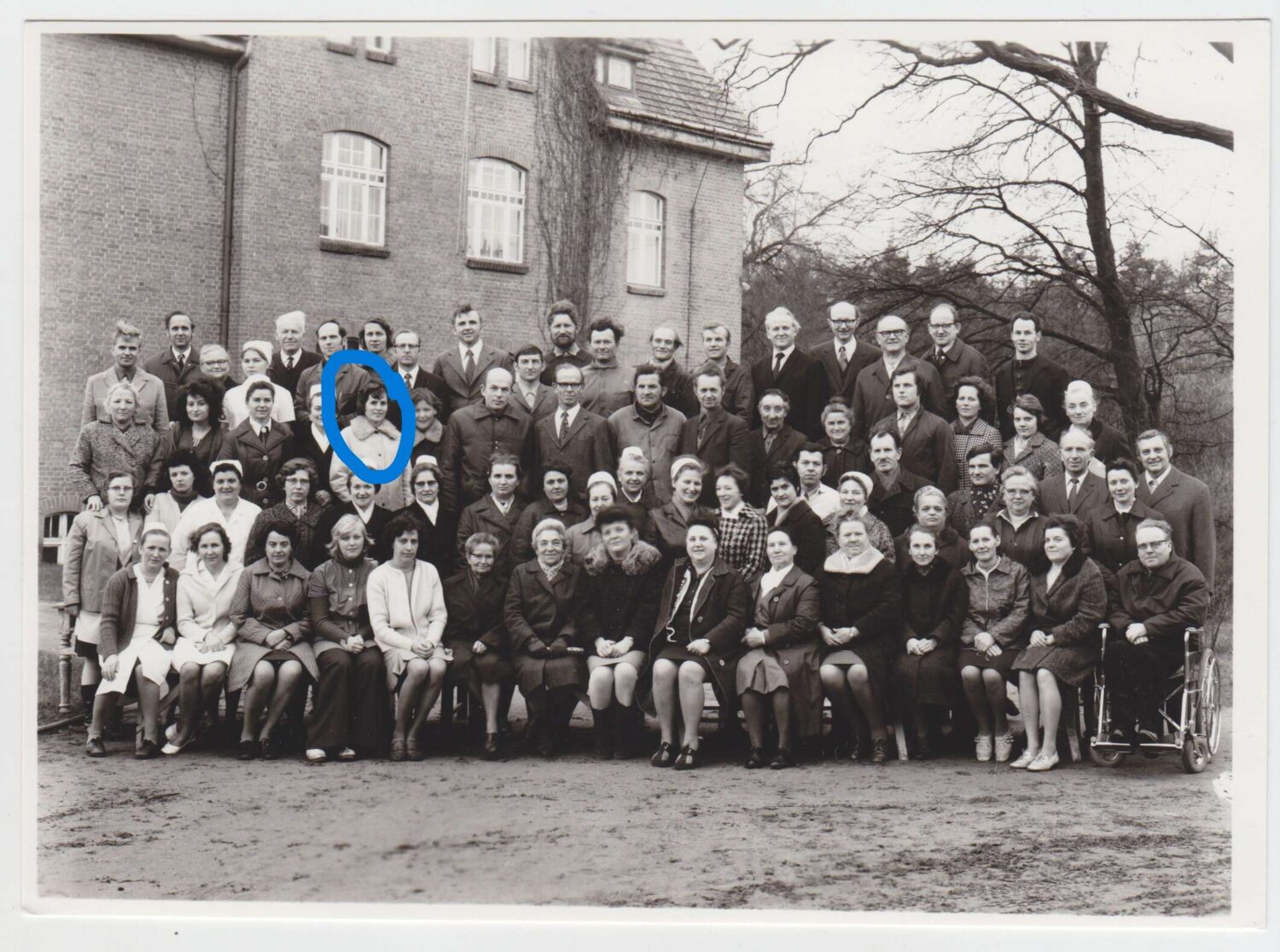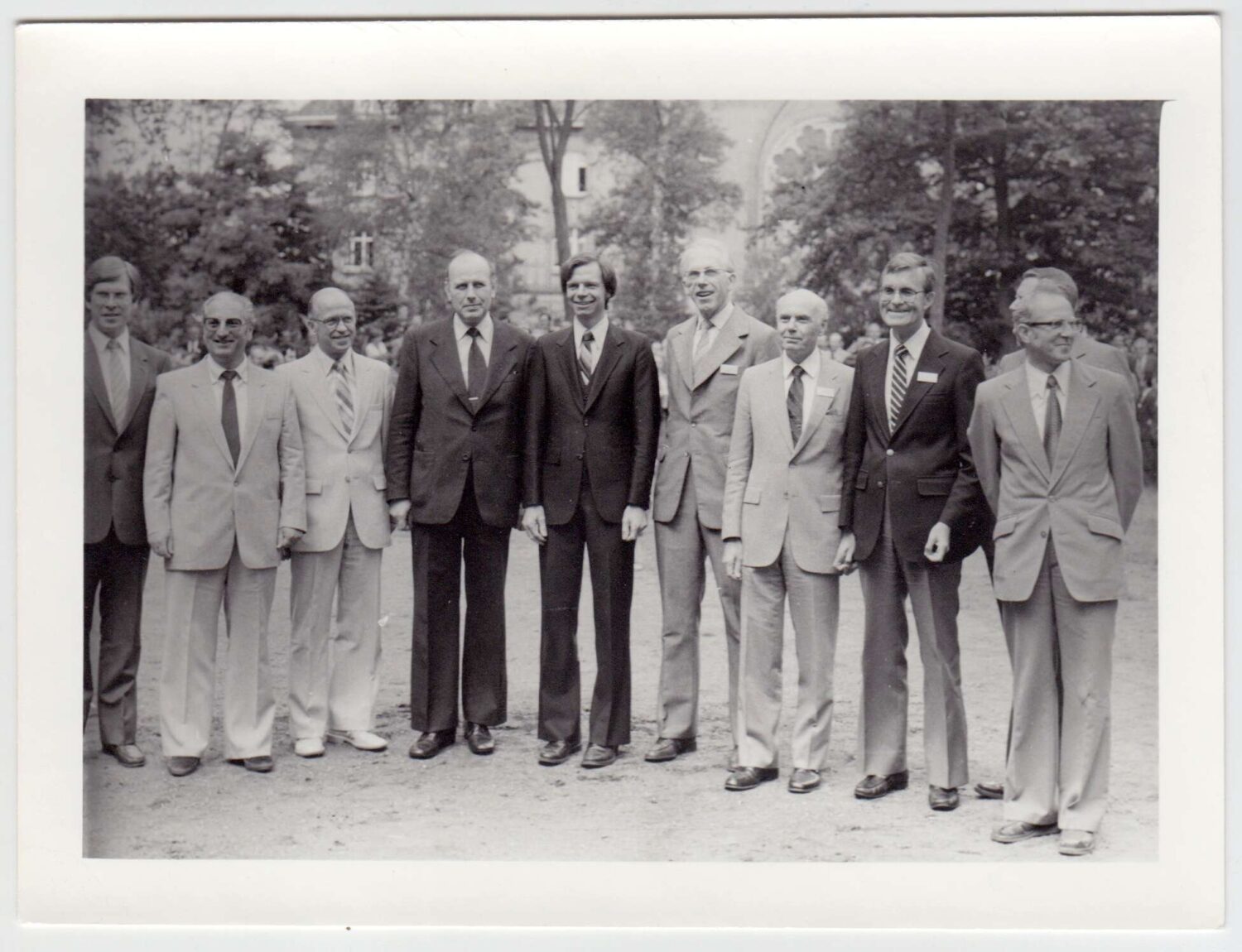On the trail of a family
07. Jul. 2025 / Science & Research
It all started with an enquiry. A simple request from a sister in a congregation asking if there were any surplus cassettes in the archive that I could give her for sleepless nights. The request was even more specific: it was for sermons by Brother Mager. Although she had only met him briefly in person once, the sermons would be a great treasure to her. Now Brother Mager is known to most people, at least by name. Nevertheless, it was incredibly fascinating for me to pick up the thread and see the web that was spun out of it. A lot has come to light – and yet the same applies here as with many other historical research projects: It is always a snapshot of the materials currently available. Unfortunately, in this case too, only a few concrete testimonies and documents could be found and I would be very grateful for any information and additions, especially from descendants. In particular, reports, documents, photos or memories from the war period and the years before or after are very interesting for the archive in order to be able to paint an even more complete picture of this time. Every detail, however small it may seem, helps to bring history to life ... Back to our search for clues:
It all began during the First World War. Alma Mager was looking for answers. She finally found them in a book borrowed from a friend, ‘The Seer of Patmos’. After some time, she managed to make contact and the congregation in Dresden-Löbtau sent Sister Gertrud Haberland, who gave the three sisters Anna (Haufe), Alma and Flora their first Bible lessons. They were baptised on 18 November 1916. Their two sons Kurt and Walter were also baptised in 1918. Both would later also study in Friedensau – Walter would use his skills as a church leader in the small congregation of Ohorn (now Pulsnitzer Str. 33) in the North-East Saxon Association. His daughters Inge and Ursula attended the deacon course in Friedensau in the 1950s. His brother Kurt would later work as a preacher – unfortunately only for a short time, as he died on 14 December 1937 at the age of 37, leaving behind his wife Gertrude (Haberland – she had given their mother Alma Bible lessons) and four children (Gottfried, Christa, Johannes and Ruth). Johannes studied in Friedensau from 1947 to 1950 and later became a lecturer here himself (1975 to 1981), then preaching secretary (1981 to 1995) in the division in Bern. His son Sigurd became a preacher; his daughter Gundi became a preacher's wife; she married Gerhard Peters. Both Sigurd Mager and Gerhard Peters acquired their theological training in Friedensau. Paul Haufe, who also came from the Ohorn congregation, also attended Friedensau together with Kurt Mager.
What began in a small, inconspicuous congregation in the north-east of Dresden has left its mark on the spiritual ministry of many descendants to this day – a testimony to what God can grow from our faith.
Bernd Müller, Head of the Historical Archives of the SDA-Church in Europe

Image Rights: FAU | Michael Bistrovic


